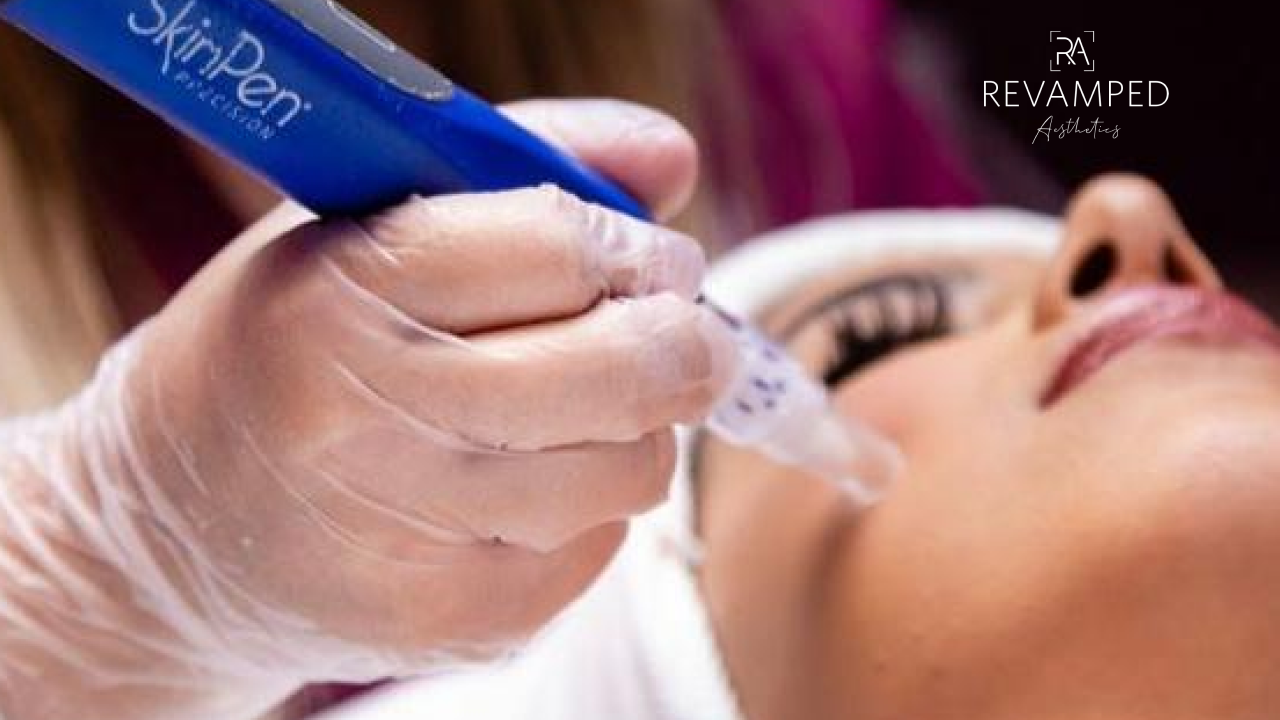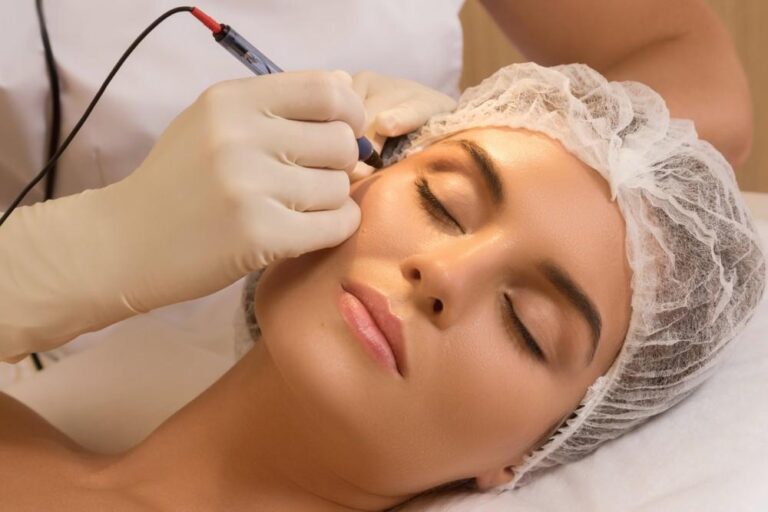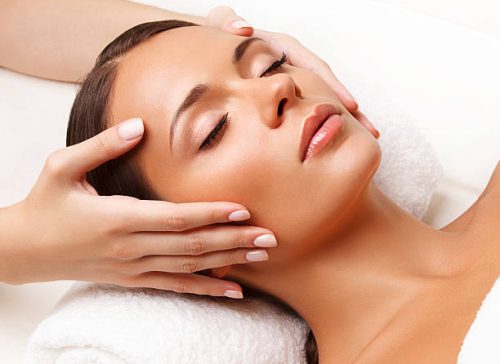Comparing Different Laser Treatments for Skin Concerns
Laser treatments use focused light energy to address various skin conditions. This technology offers several approaches to skin rejuvenation and care. Each type of treatment works differently, targeting specific layers of the skin to achieve its intended effect. Here is some information about different laser treatments for skin concerns:
BroadBand Light Treatments
BroadBand Light (BBL) laser treatments use intense pulsed light to send light energy deep into the skin, addressing pigmentation and signs of aging. The device delivers short bursts of high-intensity light that reach several layers without harming the outer surface. BBL is a type of photo facial that offers versatile treatment options, such as:
- Sun spots
- Redness
- Boken capillaries
- Uneven skin tone
- Rosacea
- Persistent facial redness
The light energy is absorbed by targeted areas, such as melanin in sun spots or blood vessels in redness, resulting in an improvement in overall skin appearance. A typical session is relatively short, and patients might require multiple sessions to achieve the desired changes. After a session, patients receive advice such as avoiding direct sun exposure and applying a gentle moisturizer or sunscreen. Mild redness or darkening of spots may occur temporarily, but these changes typically resolve within a few days. Results usually develop gradually, allowing for adjustments in the treatment plan.
Fractional Radiofrequency
Fractional radiofrequency (RF) is a method used to improve skin texture and tighten the skin. RF uses energy from radio waves to heat deeper layers of skin, which may help support firmness. The energy creates micro-injuries in the skin, which prompts a natural response from the body to repair and renew itself.
A device delivers RF energy through tiny pins or electrodes into the skin’s surface. During treatment, you may feel warmth and gentle pressure, and the settings are often tailored to your comfort and needs. Fractional RF treatments are commonly used to address fine lines and wrinkles, mild sagging, enlarged pores, and acne scars.
After a session, mild redness or pinpoint marks may be visible for a few hours. Using a gentle cleanser, avoiding harsh chemicals, and keeping skin hydrated are typically recommended during recovery. Many people return to their daily activities soon after treatment, making RF a flexible option for busy routines.
Non-Ablative Lasers
Non-ablative lasers heat the underlying skin tissue without harming the surface. These lasers send controlled heat into the dermis, the deeper layer of your skin, to prompt new collagen growth. Because the outer layer of skin remains intact, recovery time is often minimal compared to ablative lasers that remove surface skin. They are an option for addressing early signs of aging, such as fine lines, minor wrinkles, and mild pigmentation changes. Some non-ablative lasers target specific pigments for conditions such as freckles or age spots, while others are used for overall skin rejuvenation. People often choose this option for its convenience and reduced downtime. Side effects are usually mild, such as short-lived flushing.
Get Laser Treatment Today
Each laser treatment option, from BroadBand Light to non-ablative lasers, offers a unique approach to addressing skin concerns. A qualified professional provides guidance tailored to your goals and comfort. They will work with you to explain expected downtime, the number of sessions, and what types of changes may develop over time. Contact a med spa today to schedule a skin care consultation.







